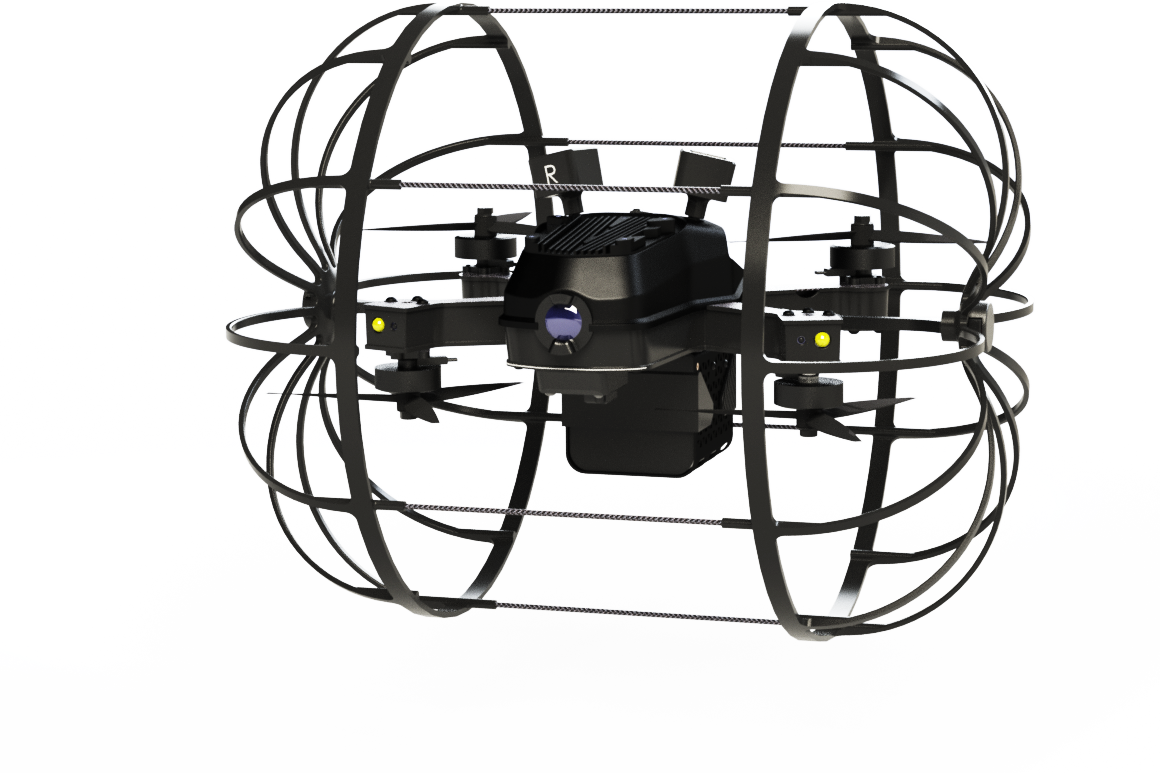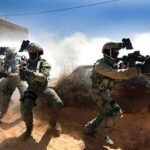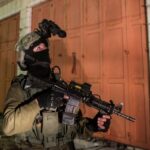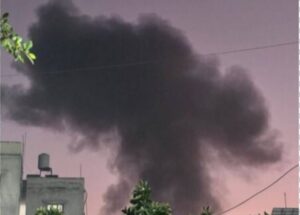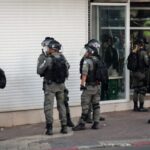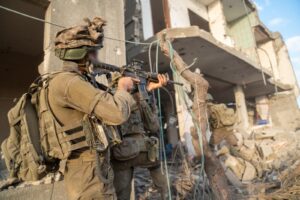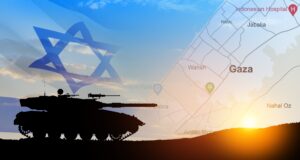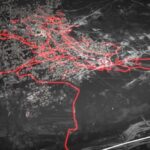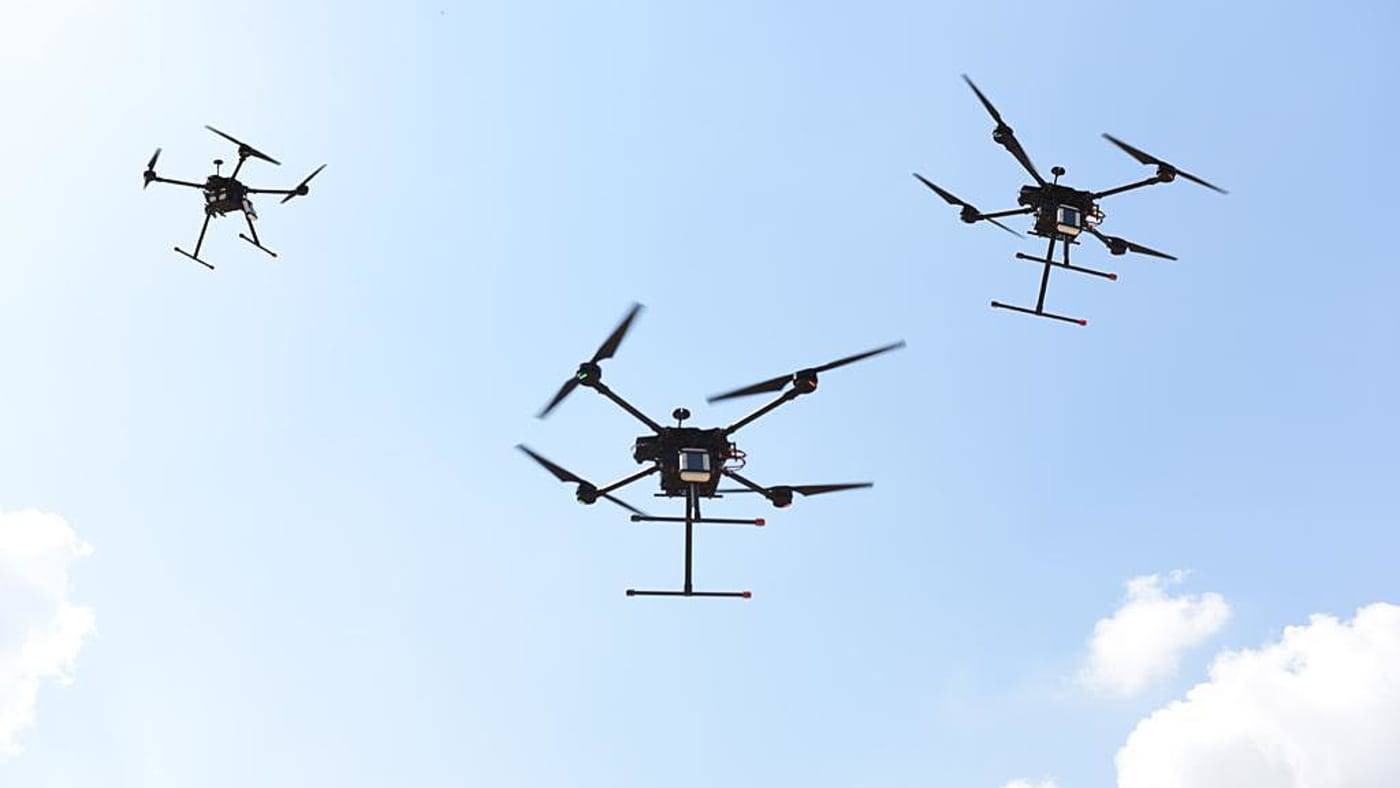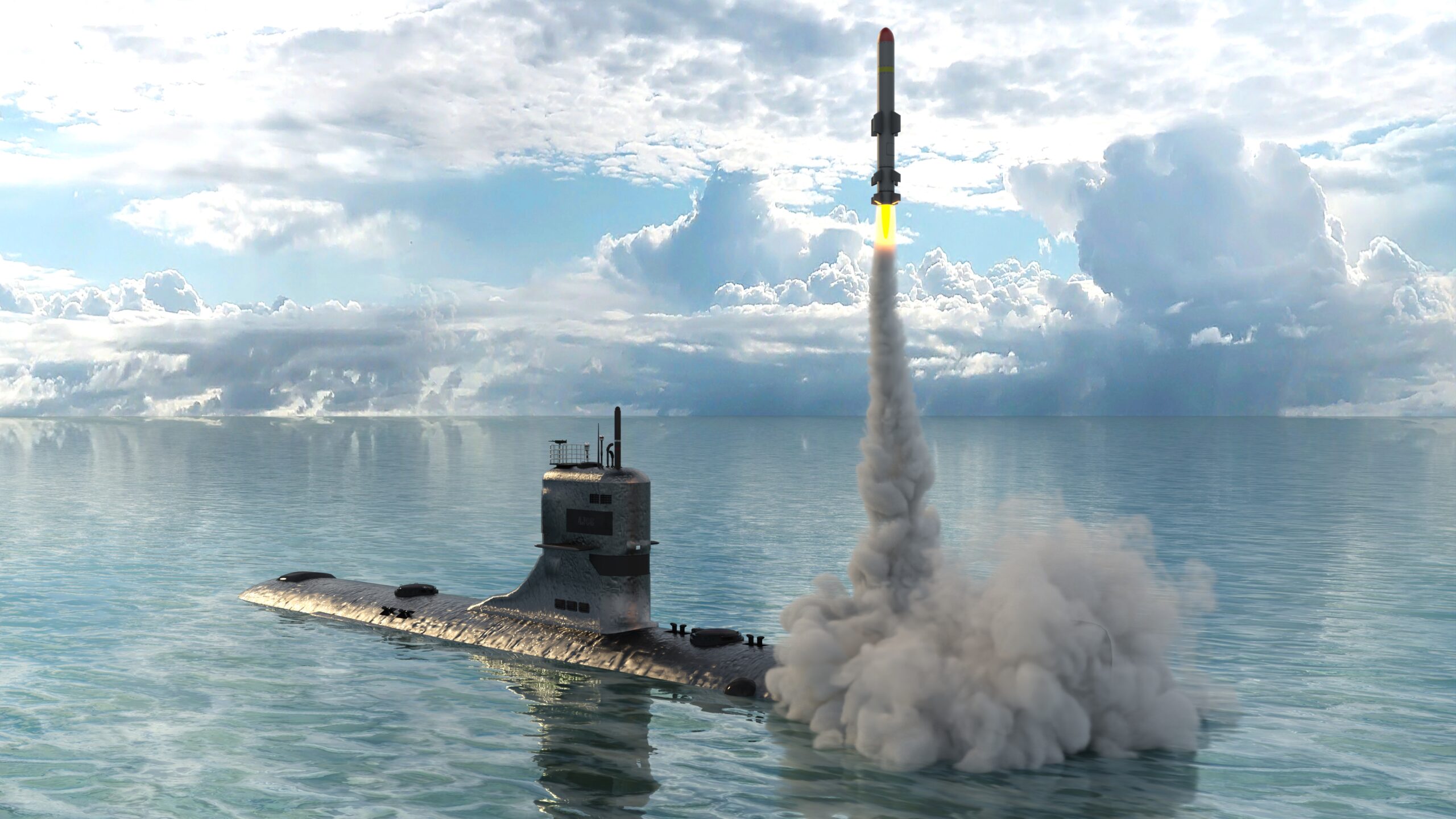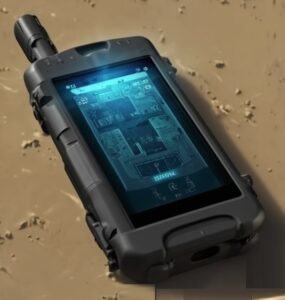European special forces and NATO soldiers have received dozens of units for intervention missions.
By Hezy Laing
Israel’s defense startup Robotican, founded in 2013 in Omer by a team of engineers and scientists, has developed the Rooster, a hybrid unmanned system that combines the mobility of a ground robot with the flight capabilities of a drone.
With fewer than 50 employees, including 37 engineers, Robotican has nonetheless produced one of the most innovative surveillance tools now in use by the Israel Defense Forces (IDF), NATO, and U.S. Special Operations Forces.
The Rooster was designed for indoor and subterranean reconnaissance, particularly in GPS‑denied environments such as tunnels, caves, and collapsed buildings.
During the Gaza war of October 7, 2023, IDF combat units deployed the Rooster to investigate Hamas’s vast underground “Metro City” tunnel network, estimated at more than 500 kilometers long.
Unlike standard drones, which are limited to aerial flight and struggle in confined spaces, the Rooster can roll on the ground like a robot and then take off to fly when needed.
This dual capability allows it to maneuver through narrow tunnels, climb stairs, and bypass obstacles that would ground conventional UAVs.
Technically, the Rooster features semi‑autonomous flight assistance, a healing mesh communication system that extends range underground, and modular payloads for ISR (intelligence, surveillance, reconnaissance), HAZMAT detection, or search‑and‑rescue missions.
It has already been assigned a NATO Stock Number, confirming its adoption by European special forces.
Compared to standard drones such as the DJI Mini 3 or military UAVs like the Skylark, the Rooster is superior in confined environments.
Standard drones rely on GPS and open airspace, making them vulnerable to jamming and useless in tunnels or collapsed infrastructure.
The Rooster’s hybrid design ensures longer endurance indoors, greater adaptability, and safer deployment in hazardous zones.
In short, Robotican’s Rooster redefines battlefield surveillance.
By merging air and ground mobility, it provides unmatched situational awareness in environments where traditional drones fail, making it a critical tool for modern urban and subterranean warfare.
The Rooster hybrid drone/ground robot has gained significant traction since its introduction.
Its popularity surged after the October 7, 2023 Hamas attack, when the IDF deployed Rooster units to explore Gaza’s vast tunnel network.
The system proved invaluable in providing real‑time intelligence without risking soldiers underground.
Since October 7, 2023, the Rooster has been heavily deployed by the IDF in Gaza and other operations, proving its battlefield value.
It has also been adopted by Israeli Home Front Command rescue teams for disaster response.
European special forces have received dozens of units for intervention missions, while NATO officially registered the system with a Stock Number, confirming alliance‑wide trust.
Global expansion continues, with U.S. special operations units adopting the Rooster, underscoring its international credibility and growing popularity.


